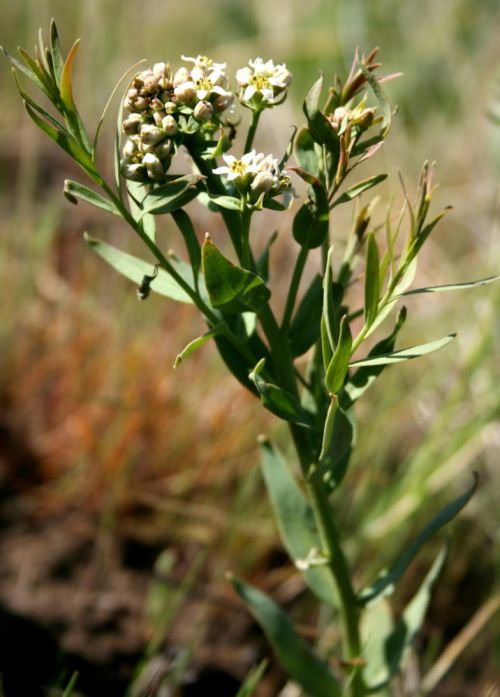False toadflox a true gem
Published 2:54 pm Friday, May 10, 2013

- <p>Comandra umbellata</p>
Name: False toadflax
Scientific name: Comandra umbellata
Trending
This weeks plant is one which just started blooming locally. It is seldom noticed, but is somewhat different in appearance and easily recognized. It is found throughout most of North America except for far northern arctic regions as well as Louisiana and Florida. Comandra is from Greek terms which refer to having hairy stamens, and umbellata refers to its umbel-like clusters of flowers. Toadflax is a common name for a different plant from Europe and North America which looks nothing like this plant, so naming it false toadflax seems a bit odd. The original toadflax apparently got its name in part from having leaves similar to the leaves on flax. The toad part was possibly an error in translating the Latin term for boils which is similar to the spelling of the term for toad. Toadflax was used in medieval Europe for treating boils.
False toadflax is actually a parasite, taking food from the roots of nearby plants, even though it also produces some of its own food through the green stems and leaves. It is one of only two members of the Sandalwood Family that are known in our area. Both of these species are parasitic native plants and look quite similar. The other plant is also called False toadflax, with the scientific name Geocaulon lividum, and is distinguished by greenish-purple flowers and red berries.
The general appearance of False toadflax is of a plant with vertical unbranched stems up to a foot tall, topped with flat-topped umbel-like clusters of pale, off-white, small flowers. Each flower has 5 sepals which look like petals and are fused together at the base into a lobed cup. The leaves are alternate on the stems, narrowly lance-shaped, and slightly leathery. There are 5 stamens in the flower that are hairy near the base. The flowers eventually produce a bluish to brownish berry with one seed.
Where to find: The photo here was taken earlier this week along the old road to Deadmans Pass, about halfway up Cabbage hill. It is generally in scattered open sites in wooded areas.









